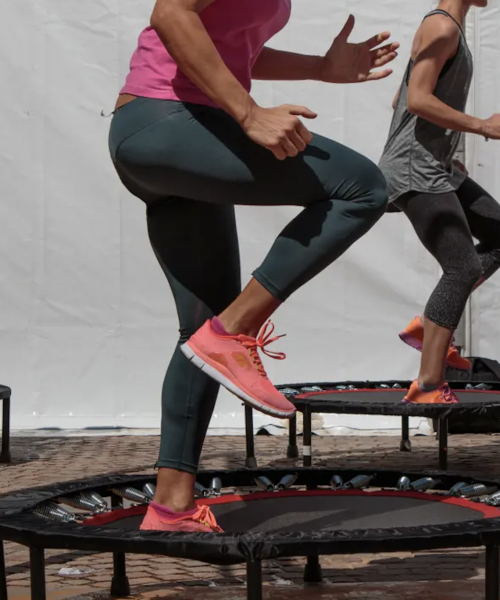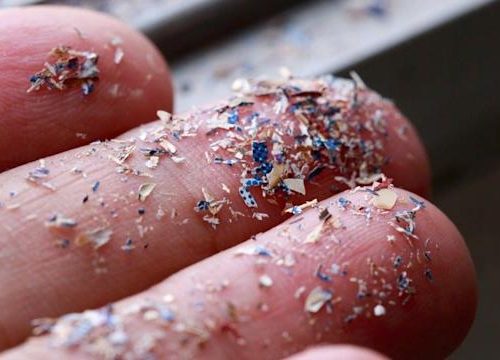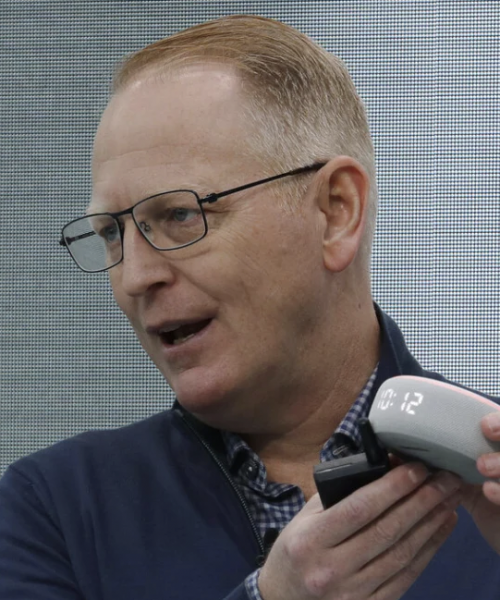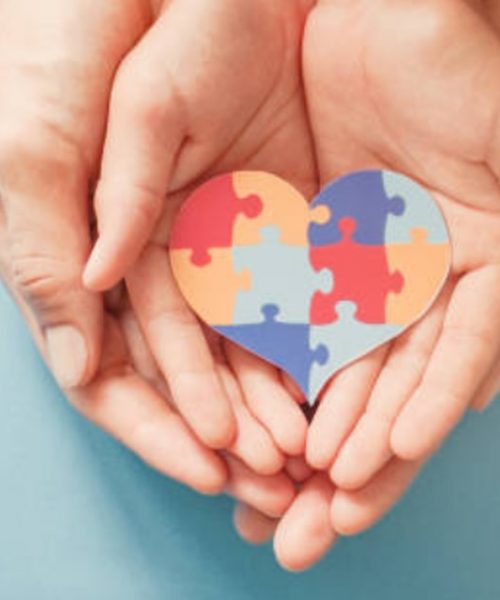By Anagha Ramakrishnan, for The Atlanta Journal-Constitution
Troy Warren for CNT #Health
Bringing the world of special effects into prosthetics, Sophie de Oliveira Barata is the founder of the U.K.-based company Alternative Limb Project that focuses on merging art with technology to shed a positive light on disability.
From working with clients who are former servicemen to models, de Oliveira Barata creates art pieces that function as limbs for amputees to express themselves. With her diverse range of clientele, she aims to bring prosthetics to the forefront of pop culture.
Using innovative designs and technology, she gets others to look at what’s there, rather than what’s missing.
“If they’re an amputee then I would (want them) to question what would help them express themselves in the best way in terms of communicating a message that feels right,” de Oliveira Barata told The Atlanta Journal-Constitution.
“It’s really just (to give amputees) a choice but also inspiration as to not feel limited — that actually there’s a possibility out there. Even if it means customizing their own limbs to form a better connection with new body parts.”
Inspiration strikes
De Oliveira Barata worked in a hospital where she would make teas and coffees for the staff and developed a passion for the medical field. Then, she went to college for special effects, focused on using her work for films. Afterward, she met a prosthetic designer and she started worked on creating realistic prosthetics for people rather than on films. Fascinated by transhumanism, which is the believe that humans can evolve beyond current mental and physical limitations, de Oliveira Barata began to reimagine traditional prosthetics. She put a surrealistic spin on her work.

While she still makes realistic prosthetics, her focus is on creating radical pieces for exhibitions.
Expanding her project globally, de Oliveira Barata has held exhibitions of her work in several cities in the United States, including Boston, Washington D.C, Chicago and Roanoke, Virginia. She has also held exhibitions in France, Germany, Australia, Israel, Ecuador, Singapore and other countries around the world.
Bridging medicine and art
According to de Oliveira Barata, the Alternative Limb Project aims to “create exciting and innovative prosthetics to exhibitions as wearable art pieces, promoting positive conversations around disability and celebrating body diversity.”
De Oliveira Barata explores ways that medicine and art can meld together to benefit the public good.
Her process begins with meeting clients and discussing what they want to achieve and how they want to express themselves. After that, she puts a mood board together and creates sketches of the prosthetic. Using a 3D printer, she creates a model out of nylon that she later builds from. She utilizes anything from wood to leather and silicon and collaborates with other professionals to put together the final project.
One of her clients, Ryan Seary was a former serviceman who lost his leg while on service. According to de Oliveira Barata, Seary was tired of people looking at his leg and wanted to give them something interesting to look at instead.
“I remember walking with (Ryan Seary) and people looking going, ‘Oh wow, that’s amazing, that’s your foot!’ He was like, ‘Well, that’s obviously not my foot,’ and all of a sudden, I was witness to a whole conversation that completely turned on its head,” de Oliveira Barata said.
“He was humoring them as opposed to making them feel pity for him. They were saying, ‘Oh, wow, that’s so cool. I really want one,’ but obviously, they wouldn’t actually want one. But it was just refreshing, knee-jerk reaction.”
De Oliveira Barata has also worked with British model and singer-songwriter Viktoria Modesta. She has created several prosthetics for Modesta including a spike leg and a prosthetic that features a flashing bone inside a boot which has been used in her music videos and runway shows.
“I hope to inspire new designers and engineers to work in the field of prosthetics to make more options available and affordable,” de Oliveira Barata said. “As well empowering amputees to claim control over the aesthetic of their limb.”


































